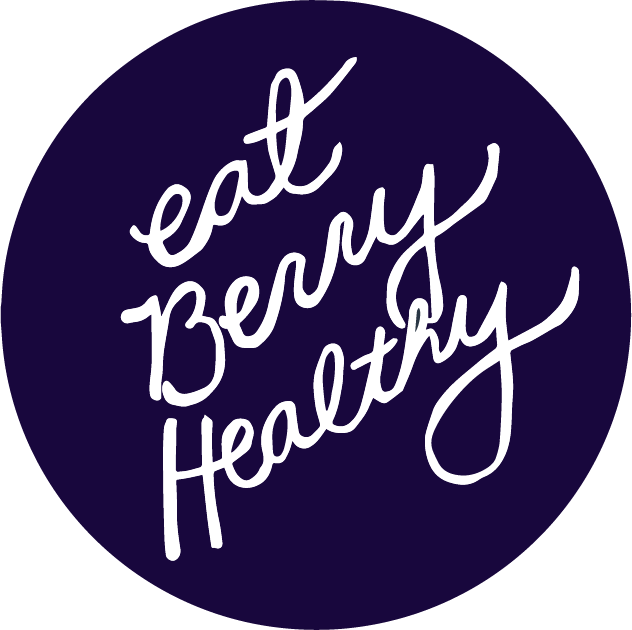What is Paleo?
About Paleo
To me, paleo is not a diet. It isn't about reaching specific physical goals. Paleo is about finding long-term solutions for sustainable eating habits. It is a blueprint for a healthier, happier lifestyle.
Paleo has developed a reputation for being based entirely on the notion of the “caveman” diet. And yes, I believe that humans have best adapted to a diet based around whole foods like meat, plants and seafood — much like our neolithic ancestors ate. But Paleo isn’t really about “eating like a caveman.” It’s about celebrating natural, real foods and staying away from modern, industrial foods like wheat, sugar, and junk food. It can’t be a coincidence that the rampant rise of modern diseases like type 2 diabetes, cardiovascular disease, autoimmune disorders, and obesity has coincided with the rise in processed food.
Ancestral Eating
My version of Paleo is based in the core principles of ancestral eating. What does that mean? A whole lot of deliciousness — whole, unprocessed nutrient-dense foods like pastured meats and eggs, wild-caught seafood, and organic vegetables, fruits, nuts and seeds.
After filling your plate with this foundation, it is easy to steer clear of inflammatory foods that can cause harm like grains, legumes, sugar, and processed junk.
Many people think of Paleo as a very strict dietary regimen. I don’t. There isn’t one paleo template that works for everyone — some people can tolerate small amounts of high-quality dairy, while others need to avoid it completely. Others may do well with abundant carbohydrates, while some need to restrict their quantities of potatoes and other starchy veggies.
In other words, the healthiest diet is entirely based on the individual — and that’s where I come in. I use my expertise in nutrition science and cooking, plus my own personal experience with Paleo, to help you find your own healthiest self.

